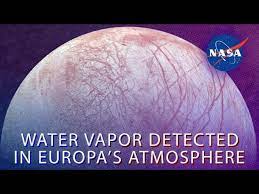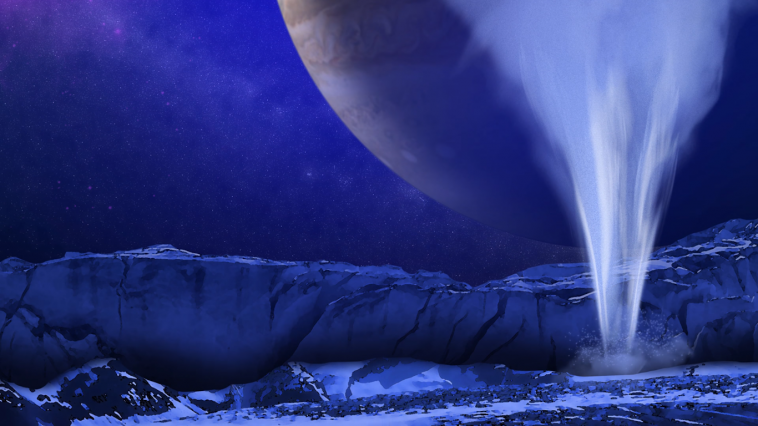NASA’s Hubble space telescope has found the presence of persistent water vapor in the atmosphere of Jupiter’s icy moon, Euphoria. Euphoria is one of the four moons of Jupiter, and it has an icy shell that is said to be 25 kilometers thick, floating on an ocean of 60 to 150 kilometers deep. Surprisingly, the water vapor is present only in one hemisphere.
Earlier in 2013, Hubble had photographed plumes erupting through the ice on Europa. The plumes were also observed to extend more than 60 miles. Hubble launched into earth’s orbit in 1990, and its observations between 1999 to 2015 suggested the presence of a long-term water vapor atmosphere in Europa’s trailing atmosphere.

Loren Roth, KTH Royal Institute, Space and Plasma Physics, had used a technique that paved the way for the discovery of water vapor in another moon of Jupiter, Ganymede. Research says that Ganymede has more water than all of Earth’s atmosphere. Researchers used this technique to analyze Hubble archival images from the past two decades and found this discovery.
All the observations were taken in Hubble’s Space Telescope Imaging Spectrograph (STIS). Hubble consists of a camera with a spectrograph, and it tends to cover a wide range of wavelengths from the near-infrared into the ultraviolet.




